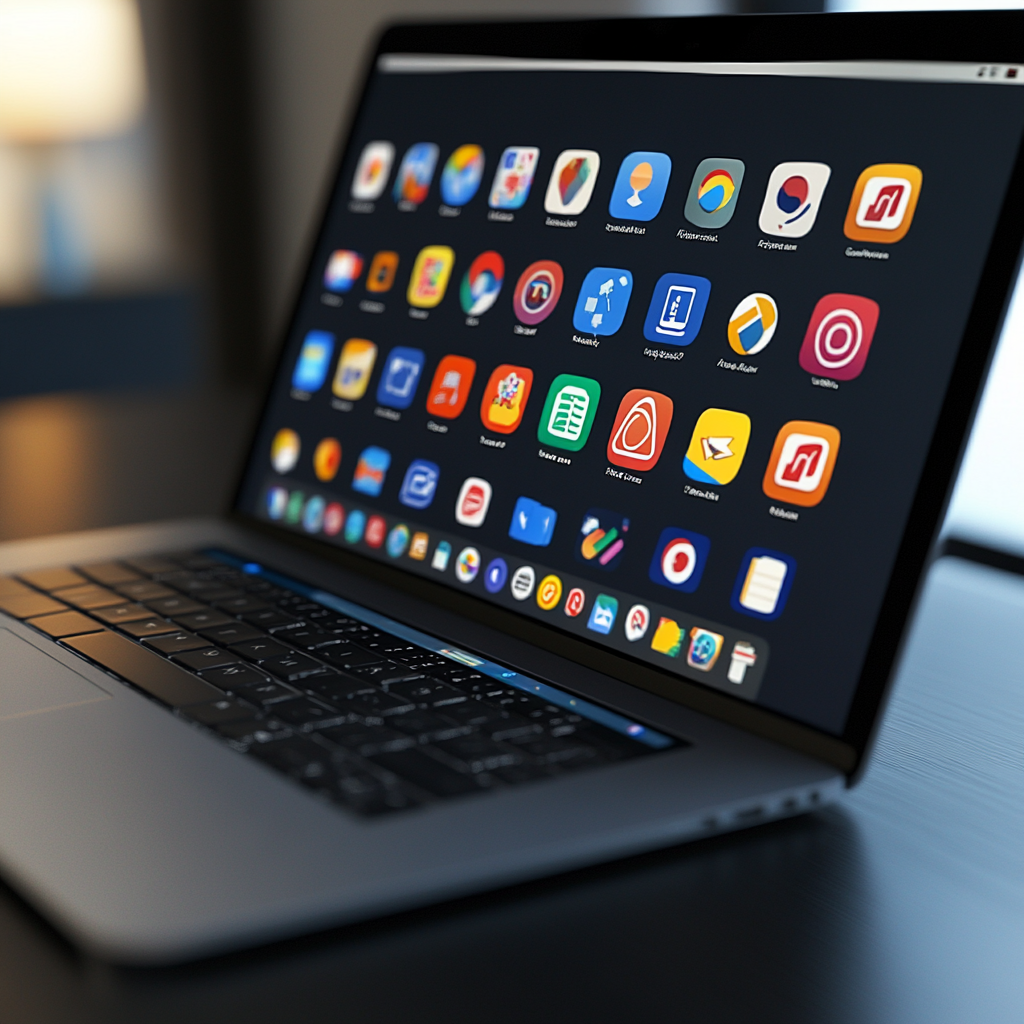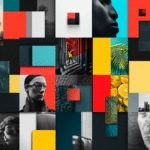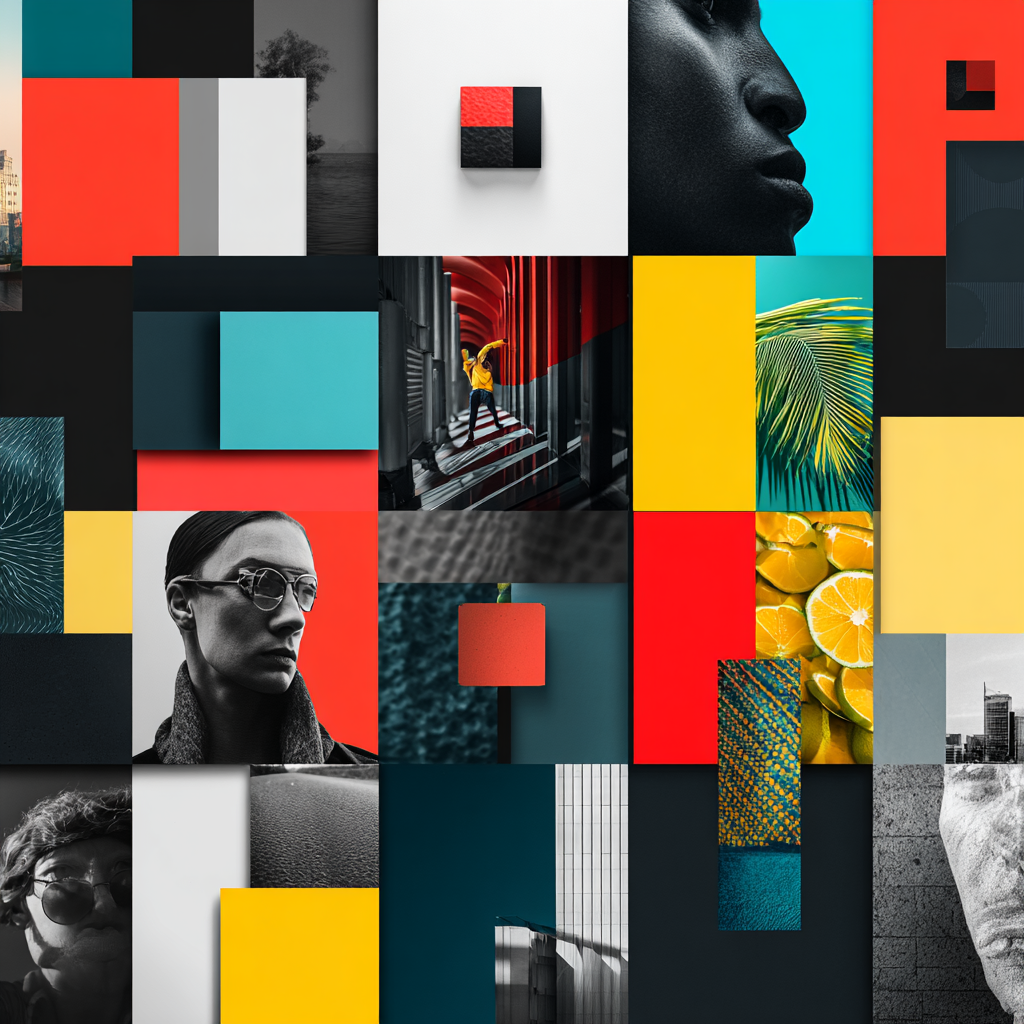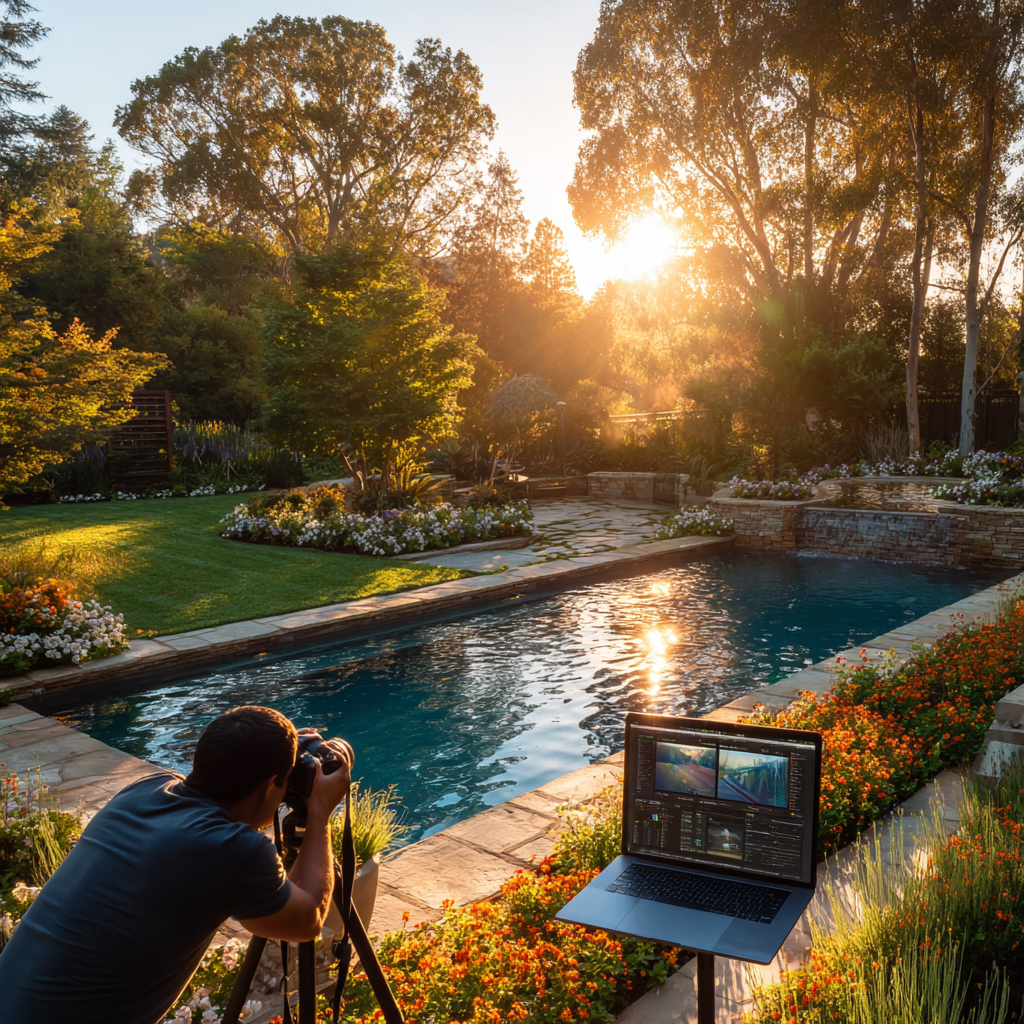The modern-day visual-driven marketplace has seen many changes in brand identity, many of which can be seen in how brands design their logos.
Logo design has evolved far beyond a simple graphic or symbol. It’s now a strategic asset that plays a crucial role in how clients perceive brands and, by extension, the businesses behind them. That’s why people don’t hesitate to spend thousands on logo design.
As businesses seek to differentiate themselves in increasingly competitive markets, the approach to logo design has had to adapt. Here’s a quick guide to a modern-day approach to logo design.
Understanding the Client’s Vision
Designers must immerse themselves in the brand’s history, target audience, and market positioning. A modern-day logo isn’t just a standalone piece of art; it’s a visual representation of the brand’s concepts and strategy. It should communicate the business’s core message and evoke the desired emotional response from its audience.
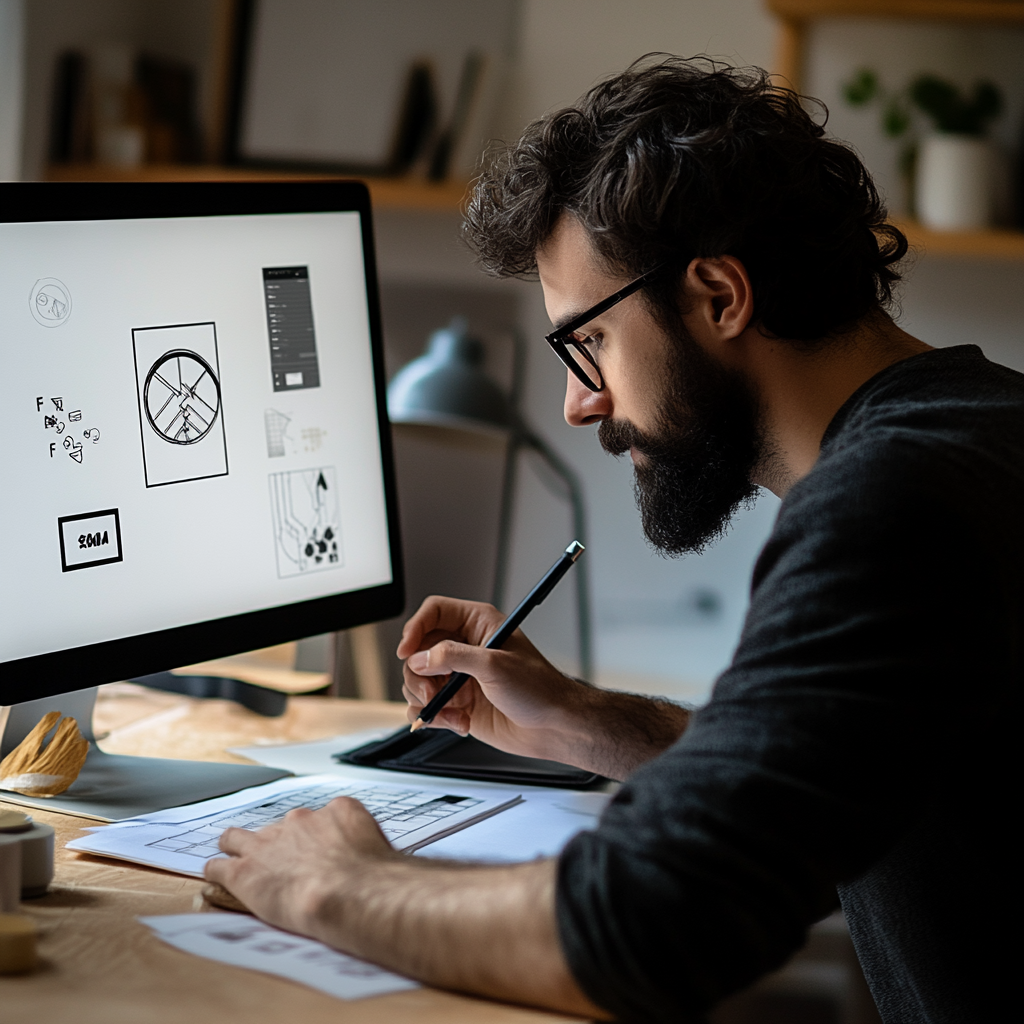
This is where the logo designer’s role extends beyond mere artistry. It requires a strategic mindset to ensure that every logo element contributes to the brand’s overall narrative.
Emphasizing Simplicity and Versatility
In the current design landscape, simplicity is key. When Adidas scrapped the wordmark in its new logo, it was a strategic move to get people to identify the brand without any text. Many brands are ditching the cursive text in their logos altogether. A logo, therefore, can make or break a brand’s value and the presence it establishes amongst people.
However, simplicity doesn’t mean a lack of creativity or depth. The challenge lies in distilling complex brand concepts into a clean, straightforward, memorable, and impactful design.
A simple logo is easier for clients and their audiences to recognize and recall, making it a powerful tool for brand identity. Moreover, versatility is an essential consideration in modern logo design. With the proliferation of digital platforms and varying screen sizes, a logo must be adaptable across different mediums.
Take the case of Lyric Financial, a Nashville-based company that provides royalty advances to music creators. This company worked with a design agency to create its logo. The logo is simple yet versatile; it shows a designed play button with the company name to the left. It’s simple and the right size, conveying that this company has something to do with music and financing.
How do you plan a logo’s overall design?
According to Huckleberry Branding, you must plan the logo from the ground up. Learn about the company, the product or services, target audience, and then get to it. After five to six initial concepts, you’ll finally get a logo with the brand. Using a free logo creator, you can experiment with different designs and refine your logo until it perfectly represents your brand identity.
Incorporating Modern Design Trends Thoughtfully
While staying current with design trends is important, a logo should avoid being overly trendy. Otherwise, it can lead to a dated appearance over time. Instead, modern logo design should blend contemporary aesthetics with timeless principles.
Designers must strategically use trends, ensuring the logo’s design doesn’t overshadow the brand’s message or alienate its target audience. The goal is to create a design that feels fresh and relevant today and can stand the test of time.
Fostering Collaboration Between Designers and Clients
Logo design is inherently collaborative, and fostering open communication between designers and clients is critical to achieving a successful outcome. Clients bring valuable insights about their brand, market, and audience, while designers offer expertise in translating these insights into visual concepts.

This partnership allows us to develop a logo that meets client expectations and pushes the creative boundaries of what the design can achieve.
Effective collaboration requires a clear process involving clients at key stages of the design journey—from initial concept discussions to final revisions.
How to make a logo that leaves room for change?
A modern logo should be designed with present relevance and future adaptability. As brands grow and evolve, their logos may need to be updated or refined to reflect new business directions or market trends. Therefore, the initial design should be flexible enough to allow evolution without losing its core identity.
Why is it important to ensure that a logo can be adapted in the future?
Designers should consider how the logo might be adapted over time, whether through subtle tweaks or more significant redesigns. This foresight helps ensure that the logo remains a strong brand representation, even as the business and market dynamics change. By thinking ahead, artists can create designs that resonate today and have the potential to endure and evolve alongside the brand.
Modern logo design is as much about strategy as it is about creativity. It requires deep brand understanding, a focus on simplicity, thoughtful incorporation of design trends, and collaboration between designers and clients. A well-designed logo remains vital for communicating a brand’s message and values to its audience.
